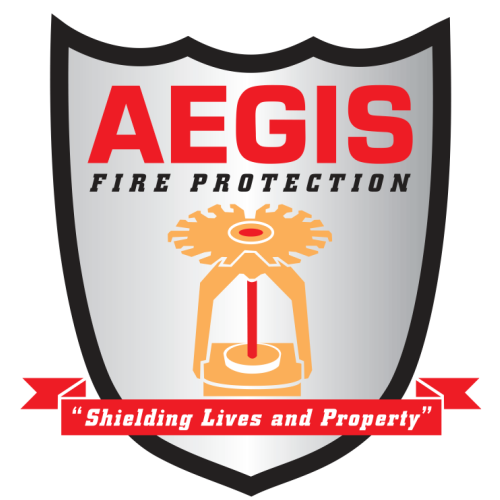Stay Up to Date On Your Hydrant Maintenance!
If you are responsible for the fire hydrant at your center, you should ensure it is always operable and capable of offering adequate fire defense. For that reason, organized upkeep and evaluations are essential. Fire Hydrant Inspection & Testing can be a matter of life or death and require buildings to have the water supply necessary to reduce and extinguish a fire. Fire hydrants provide the water for fire departments to put out a fire. It is essential to regularly inspect and test fire hydrants to help keep them functional.
KINDS OF FIRE HYDRANTS
There are two primary types of fire hydrants: wet barrel and dry barrel hydrants.
Wet Barrel Hydrants-- This kind of hydrant is linked directly to the pressurized water source and the barrel is constantly filled with water.
Dry Barrel Hydrants-- These hydrants are normally used in areas that get listed below freezing temperature levels. The upper barrel section of the hydrant is dry, and the hydrant is separated from the pressurized water supply by a main valve listed below the ground.
INSPECTION & SCREENING REQUIREMENTS FOR FIRE HYDRANTS
NFPA 291 requires that fire hydrant flow tests be performed every 5 years and fire hydrant assessments be carried out each year. Inspections and testing should be performed by a certified specialist.
YEARLY HYDRANT ASSESSMENTS
Annual evaluations check that hydrants remain in appropriate condition and verify that hydrants are operational. Some things that are examined throughout a yearly evaluation consist of: (1) Look for obstructions that could disrupt hydrant operation (2) Look for broken or missing caps Search for leaky or broken nozzles, gaskets, and valves (3) Look for the correct above ground hydrant height (4) Identify if the hydrant requires to be painted (5) Look for primary valve leaks and (6) Examine water circulation utilizing a pressure gauge. After the inspection is carried out, an assessment report must be submitted with the correct regional authorities. The inspection report must include all issues and repairs along with the static pressure reading, date and time.
HYDRANT CIRCULATION TESTS
Fire hydrant circulation tests are carried out to identify the pressure and rate of circulation readily available at various areas. These tests determine the static and recurring pressure along with the rate discharge. The data from circulation tests is used to reveal obstructions or infrastructure problems in a water distribution system. It is also utilized to effectively design fire sprinkler systems for business and domestic structures. Gain peace of mind in understanding your hydrants are all set if you need them--by calling us today.
UNDERGROUND FIRE MAINS
A fire-line main is a devoted pipe linking the municipal supply of water to your building with the sole function of putting out fires. This line feeds water to fire hydrants and sprinklers, both of which are important for your building's fire security.
THE VALUE OF UNDERGROUND FIRE MAINS
Fire sprinklers, hydrants, and standpipes are all fundamental fire-fighting tools in your toolbox. Buildings with automatic sprinkler systems are far less likely to sustain substantial damage in a fire. They stand guard 24/7, ready to douse a blaze the minute high heat activates several sprinkler heads. Also, fire hydrants and standpipes offer firefighters a location to link their hoses, taking full advantage of fire-fighting power with high-pressure water. Naturally your building can't benefit from fire sprinklers, hydrants, and standpipes without an underground fire-line main to feed water to these components. This makes fire-line main installation a critical facet of your structure's fire protection efforts.
UNDERGROUND FIRE LINE SETUP SERVICES
For fire security and code compliance reasons, it's apparent that your sprinkler system cannot work without an underground fire line. We thoroughly follow NFPA 24: Standard for the Setup of Personal Fire Service Mains and Their Appurtenances to ensure a safe, effective, and code-compliant setup. The procedure involves digging a trench on your residential or commercial property to install the piping and all required accessories. An up-to-code installation makes sure the plumbing joints are effectively secured to withstand the high-water pressure quality of fire mains.
PARTS OF AN UNDERGROUND FIRE MAIN
Single-family fire lines are quite straightforward, often involving absolutely nothing more than the fire main itself connected to a hydrant near the curb. On the other hand, a lot of business and commercial fire lines are quite complex. A matrix of components might be incorporated into your system including: Dedicated waterlines, Fire hydrants, Standpipes, Automatic sprinkler risers, Post indicator valves, Local connections, Fire department connections, and Other underground installation systems.
